They're not advertising or telling people to come to lemmy.world.... people are coming here and they're just accommodating them instead of blowing them off
This is blowing my mind right now... Those things gave me nightmares as a kid thinking they crawl into people's ears...
What's the top image, is it some Microsoft x-windowing system?
Is this a humble brag for how many books you've read?
Wow this is really neat, I didn't realize sun spots occur in bands like this. I always assumed they occur across the whole surface
If you are buying a coin that's already on the market as a fully attributed coin then yeah you don't want to clean it. I buy coins that are "fresh" out of the ground so they're literally caked with mud. They look like this so they require cleaning. Properly cleaning 2000 yr old coins is a months long process involving microscope and very deliberate & precise application of effort. For some reason I find it very relaxing, almost like a form of meditation. It's a hobby that I'd love to share the results and talk about with others.
Shameless plug: You can see some of my Before/After pictures over at [email protected] :-)
Yeah, I like tech too but also enjoy cleaning ancient coins. It'll be nice if someone else found my community and it would pick up. I'm trying to post ever so often so anyone that stumbles on it will know I'm still around
Pegging Celsius to freezing/boiling point of water makes it VERY easy to calibrate thermometers. That's a huge advantage that makes it so anyone with a freezer and stove have a great reference point for calibration.
My son (same age) really enjoys "My first castle panic" and "HABA Rhino Hero A Heroic Stacking Card Game". He has a ton of boardgames but likes those two the most.
What really gets me is he carves their names into a structure and adds the date. The date was 23... As if 23 means anything to a structure that was built by people who were around in the actual year 23.
This is a great idea, but who would organize and run the AMA?

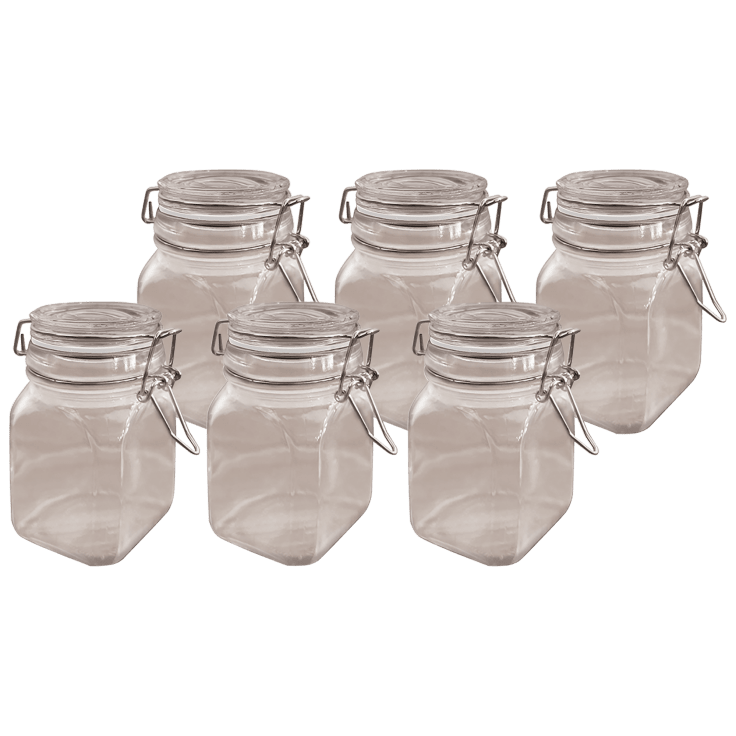
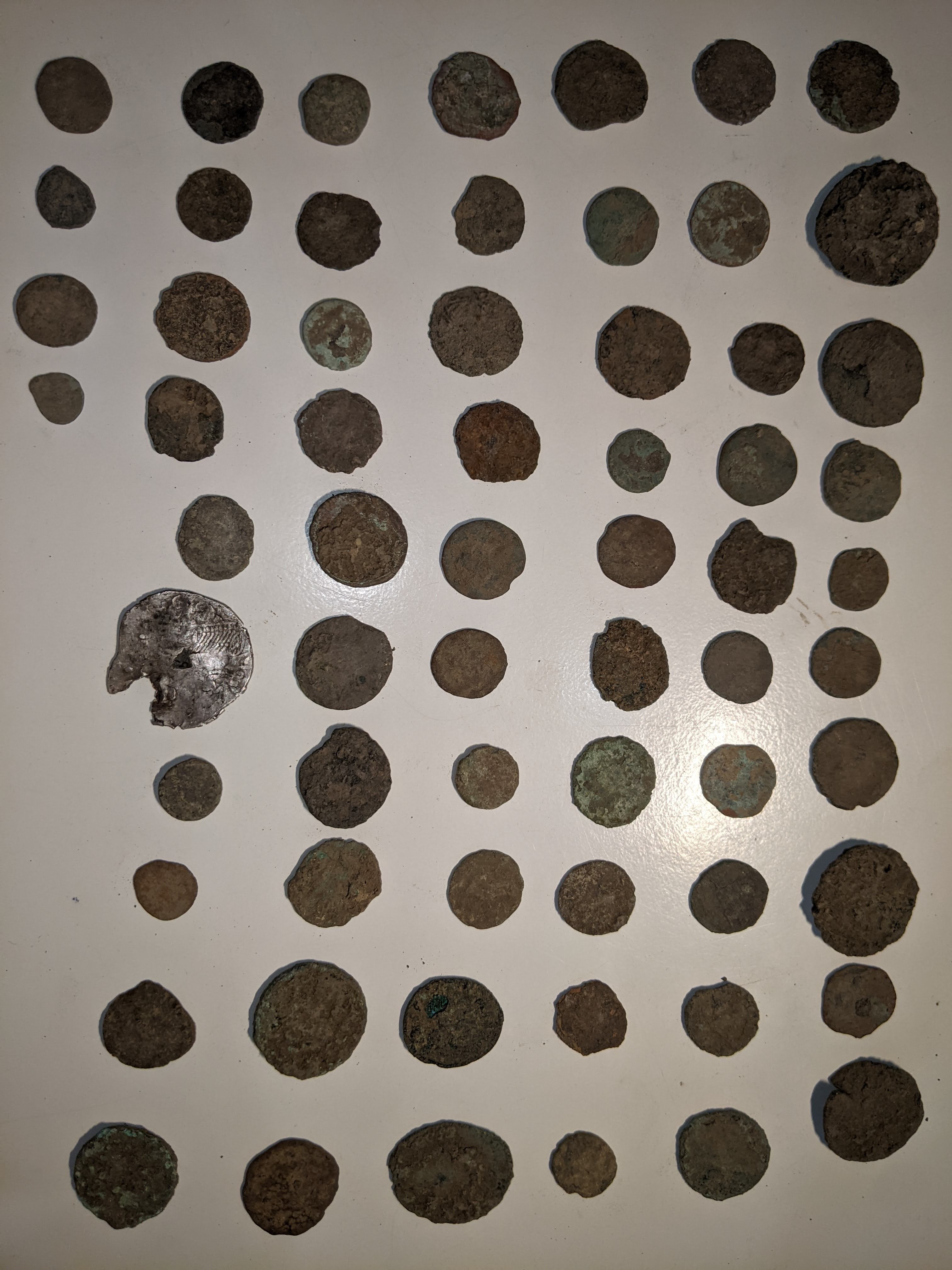
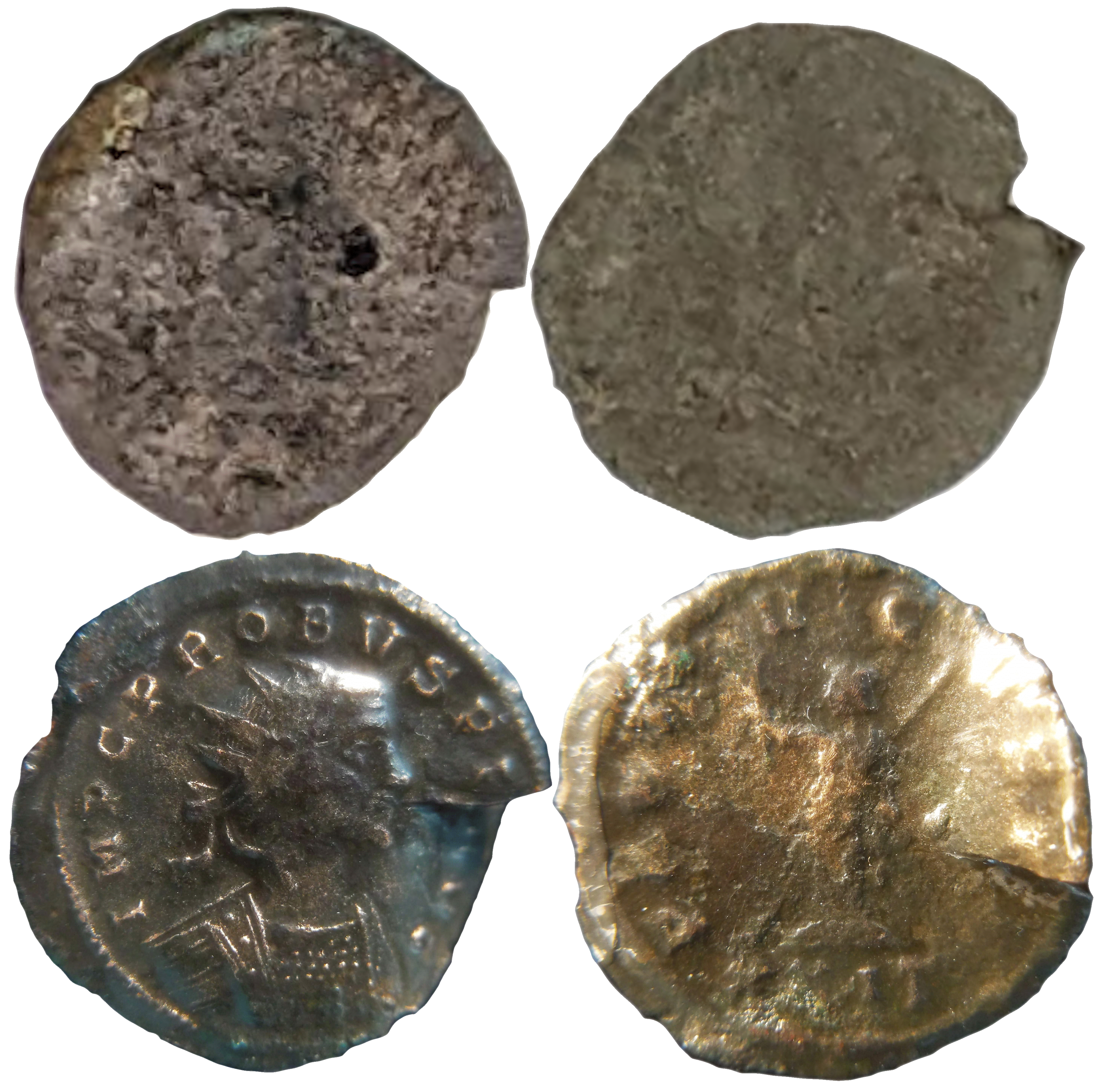

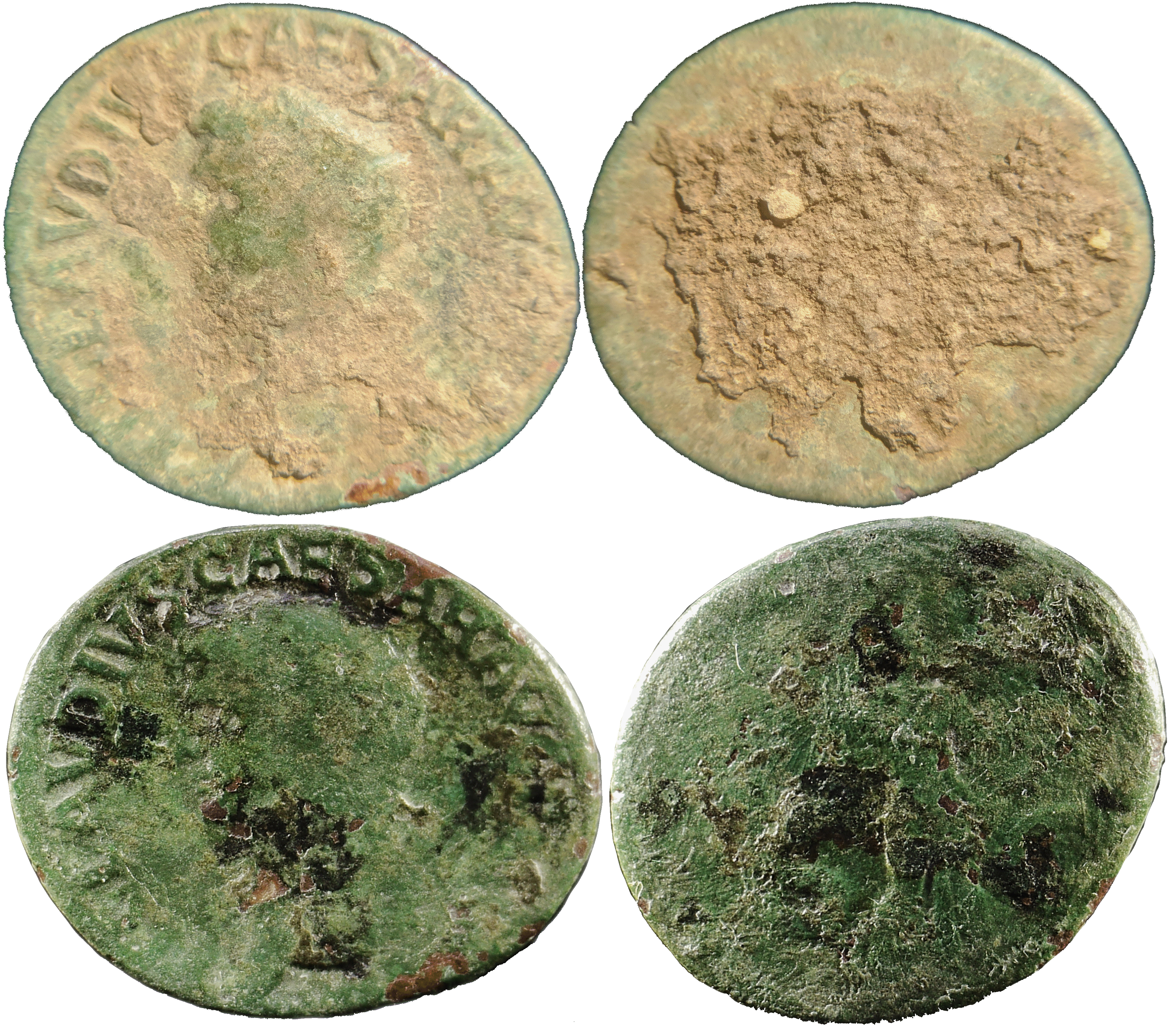
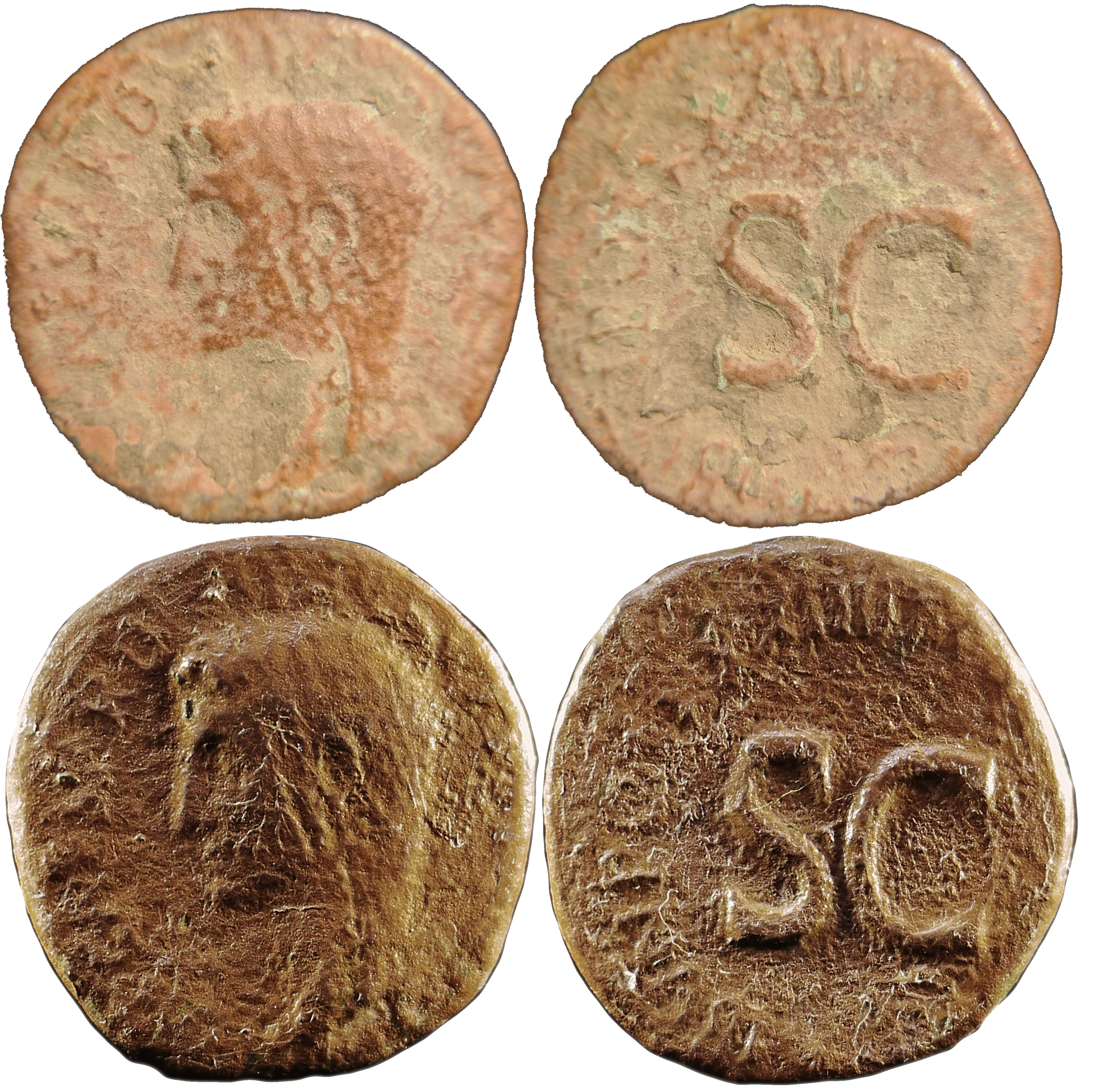
Before the fiasco in Thailand I was a Musk fan, my opinion of him has falled greatly since then; even more so since Twitter. Now I groan whenever I see a headline with his name.